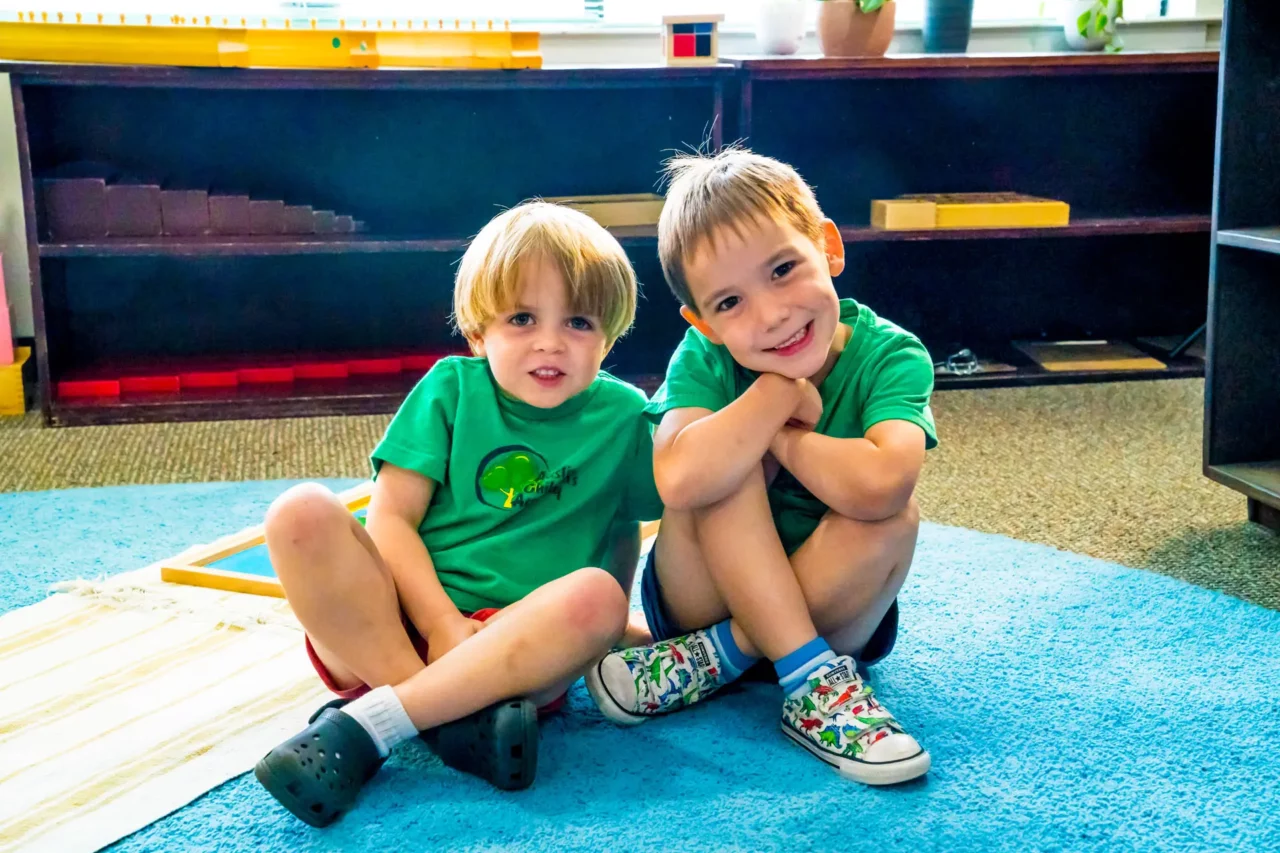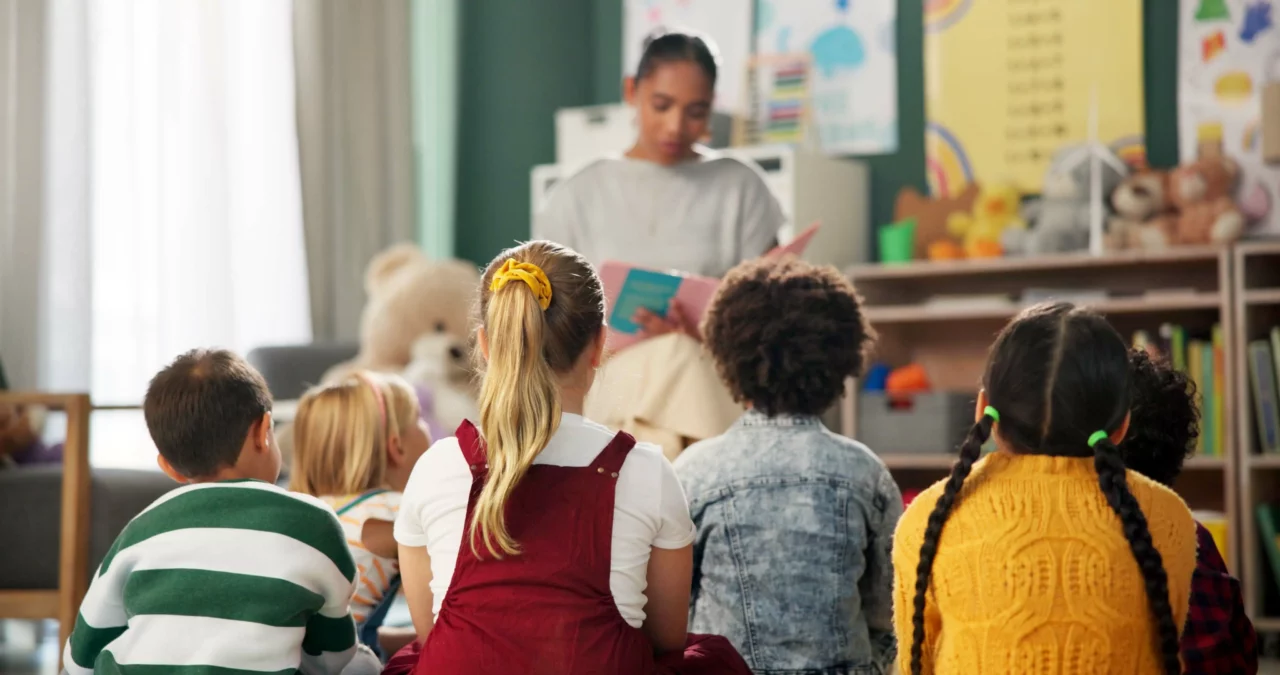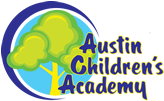
In traditional schools, classrooms are grouped by age—with the biggest gap being anywhere from six months to a year. These children learn the same material at the same rate, and the pace is based on the average student instead of being catered to the needs of each individual. With this method, children who struggle feel left behind. And if they’re ahead, they feel bored and restless.
Mixed-age classrooms turn this philosophy on its head. In a typical mixed-age classroom, you’ll find age gaps that vary anywhere between two and three years. Dr. Maria Montessori believed that this type of age diversity brought a great deal of benefits to the classroom.
At Austin Children’s Academy, we follow each child individually as they progress at their own pace, moving onto the next stage of curriculum only when they’re ready. In our classrooms, we provide an array of materials and activities so children of all different skill levels can learn at a rate that both challenges them and provides security.
Mixed-Age Classroom Benefits
There are plenty of benefits that coincide with mixed-age classrooms:
Better Academic Outcomes
In mixed-age classrooms, children have the opportunity to learn from each other every day.
For example, older students get the chance to be leaders when they explain a new concept to a younger student who is curious about it. This is exciting for younger students who innately look up to their older peers in the classroom. Younger children feel inspired, and older children can benefit by reinforcing the lesson and coming to master it themselves.
Mixed-age classrooms give children a better chance for success because they can learn at their own pace. If a four-year-old is ready to start reading and writing, they are free to do so. But if a child isn’t ready to start until they are five, they are not forced. This makes for a more organic educational experience.
Improved Social Skills
In a mixed-age classroom, children’s social skills can flourish because they spend quite a bit of time observing their classmates. For example, a four-year-old might observe two six-year-olds negotiating who gets to use a material that they both want. When the two older children come to an agreement, the younger child sees how it occurred and will be more likely to put that concept into practice.
In mixed-age classrooms, older students tend to become mentors to their younger peers. This can help younger students hone their sharing, helping, and listening skills.
Emotional Well-Being
There is very little competition in a mixed-age classroom, unlike a traditional classroom where children tend to compare themselves to their classmates. In a mixed-age classroom, children focus on discovery and the act of learning rather than comparing. This helps to lessen the anxiety that many children have over school performance.
Furthermore, in mixed-age classrooms, every child has someone at their level that they can work with. In a Montessori classroom, no child feels left behind. And no child feels that they’re alone in leading the pack, either.
Stability
In a Montessori classroom, children remain with the same teacher for a three-year period. This allows the teacher to get to know the unique needs of each child, and it allows the children to build a strong and lasting relationship with their teacher. The classroom should be a place where children feel seen, valued, and safe, and the mixed-age Montessori environment allows for that to happen. After three years have passed and it’s time for children to move up to the next level, they feel ready and properly equipped to do so.
Reaping the Benefits
A mixed-age classroom offers real-life experience to children—after all, when’s the last time that you, as an adult, were separated from your peers by age? Mixed-age classrooms provide your child with opportunities for social and intellectual growth that you’ll be hard-pressed to find in a traditional classroom.
At ACA, we value children in every stage of their development. To learn more about the Montessori philosophy or to schedule a tour with Austin Children’s Academy, contact us today.





